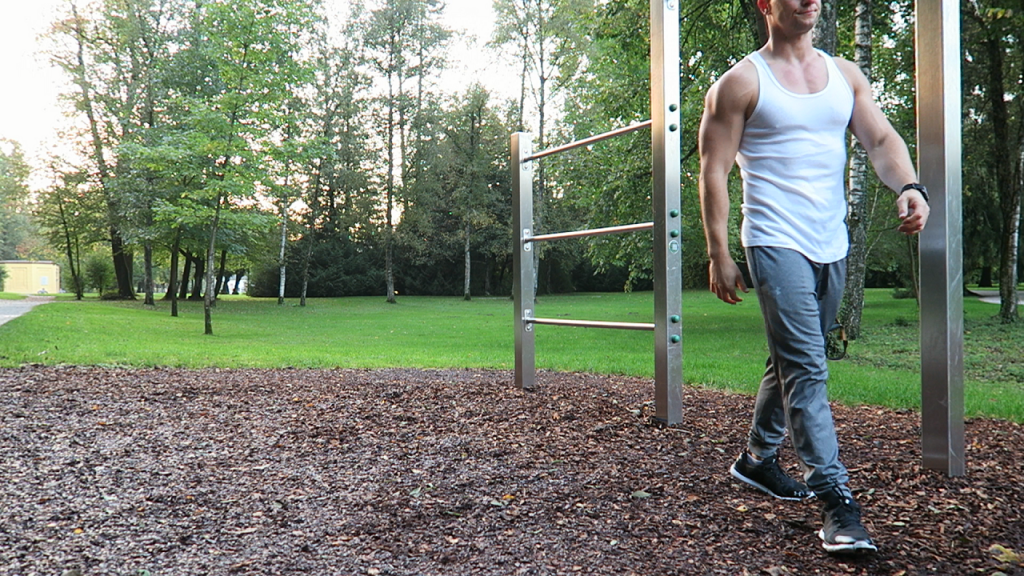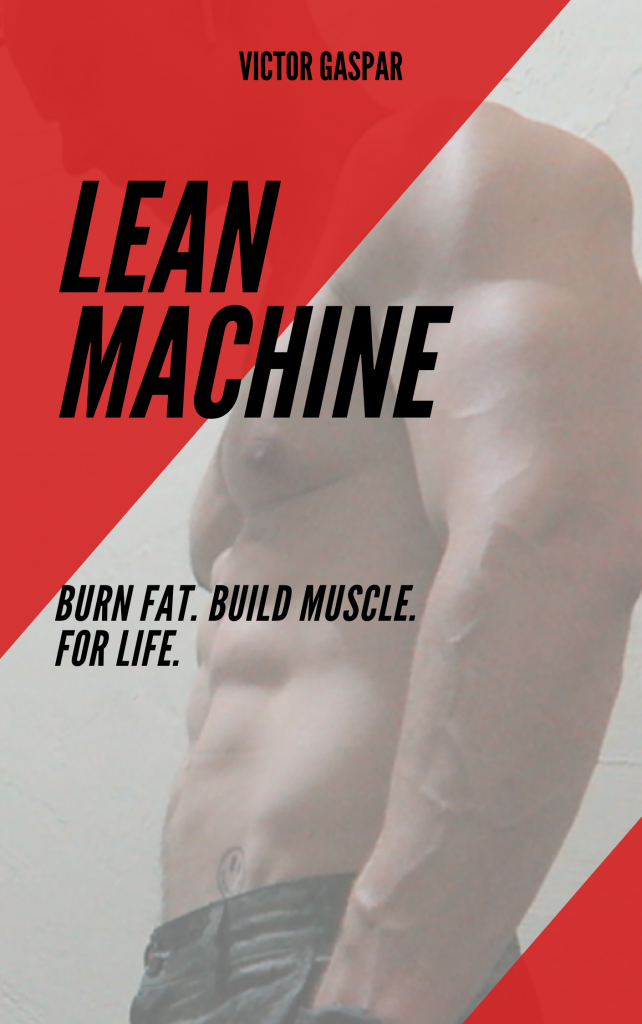
I trained back and arms today. Yesterday I worked chest. And the day before, I hit legs.
What workout program am I currently following?
I do whatever I feel like doing these days. I don’t follow a rigid protocol. And I never perform the same workout twice.
How do I know what muscle groups to target, what exercises to do and how many sets to perform?
Simple. I listen to my body. I go by instinct. Whatever I feel like doing, I do.
Now, this is not something I recommend for beginners or people without at least 3 years of solid training experience.
If you are uncertain of what to do in the gym and how to progress, by all means, follow a steady training routine.
No, silly. Not an overpriced cookie-cutter program you bought from an instagram “pro”. Follow a legitimate training routine or learn to create your own.
It’s not rocket science. Anytime someone tells you putting together a training program is complicated or requires a certification, turn around and walk the other way. Because those are the very people who will try to sell you a generic shit program (use code: “COOKIECUTTER” to get 20% off).
I’ve been writing training programs for over 12 years. I know their value. But I also know their limitations.
Instead of listening to anyone and everyone, educate yourself. Take a look at the research, read books, articles, watch my videos and then create your own killer program.
No nonsense. Superior results. Guaranteed.
Here’s what I’m talking about.
Workout Program Design For Dummies
First, let’s look at your training arsenal. We’re going to pick the best exercises known to man.
Exercises that have produced massive gains for as long as humans have been walking upright. Exercises that have stood the test of time and will never be replaced by machines or fancy equipment.
Here’s what I’m talking about:
- Push-ups
- Pull-ups
- Rows
- Dips
- Squats
- Walking lunges
- Leg raises

Regardless of your particular goals, make these movements and their plethora of variants the foundation of your training.
If you lift weights, add the bench press, deadlift, bent-over row, shoulder press, lateral raise, and biceps curl to your repertoire.
Pick anywhere between 2-5 exercises every time you train and do 2-3 intense sets per exercise. More is not better.
How many repetitions per set, you ask? As a general guideline, anywhere between 5-20 repetitions is what you’re aiming for.
There is little benefit in going beyond 20 repetitions and unless you’re trying to test your strength on a particular movement, there’s no need to do sets of 1-4 reps.
Some muscle groups respond better to higher repetitions and more time under tension, while other muscles (and exercises) will benefit from heavier resistance and lower repetitions. This is highly individual. Experiment.
Experiment, but don’t waste time on light pump work. Don’t habitually push yourself to the brink of destruction in your sessions either.
Stop your sets 1-3 reps shy of failure, where you are no longer able to complete another full repetition with good form.
Your goal is not to beat your body to the ground. Your objective is to build your body up and let it come back bigger and stronger.
Here’s how this would play out in the gym:
Upper Body Push Workout
- Push-ups: 3x 10-20
- Bench press: 2x 5-10
- Lateral Raises: 2x 10-20
- Dips: 2x 10-20
Which training split is best for a drug-free athlete?
I like a push/pull, upper body/lower body and full-body training split, personally (watch this).
The way you choose to split up your muscle groups, however, is secondary. Your goal is to perfect exercise form and increase the resistance over time.
Your workout program must facilitate consistent strength gains. You must get stronger every week, adding another rep or more resistance to your work sets.
Signal your body a need to build muscle and improve performance capacity by consistently raising the bar.
Make no mistake. This is going to be very hard. And that’s precisely why I recommend you do less in the gym but do it better.
Every single workout must be better than your last. If you’re just doing the same shit every week, you’ll look like it. Trust me.
With that said, always keep a close eye on your recovery and avoid the biggest detriment to muscle-building success:
Excess training volume (aka doing too much shit in the gym).
Work hard, yes, but don’t overstay your welcome. Doing too many sets and reps every workout will suck you dry and leave you without any results to show for.
Quality over quantity, always.
How To Design Your Workout Program:
- Choose 2-5 exercises per workout
- Perform 2-3 sets per exercise with anywhere between 5-20 repetitions per set
- Do a total of 3-6 sessions a week
The number of weekly workouts should be adapted to your personal schedule. If you enjoy training every day, do that (although, I do recommend at least 1 recovery day a week).
As you raise the frequency of your training sessions, you have to lower the amount of work you do on a given day.
If, for instance, you train 6 days a week, I do not recommend more than 2-3 exercises (with 2 hard sets each) per session.
You have to facilitate consistent strength gains in the gym. Overtraining will do the opposite.
Gorilla Mind
Looking at these guidelines, I want you to remember it’s never about what you do in the gym but how you do it.
It’s not about the individual exercises, the number of sets and reps. It’s not about the hours you clock in every week.
It’s about your ability to work hard and outlast pain.
That’s right. Your ability to endure pain will determine whether you get anywhere or not.
And let me be perfectly clear here: Most people don’t have it in them.
They do not know how to push themselves beyond their comfort zone. Damn shame. Because the rewards begin where comfort ends.
Learn to train hard. Learn to apply brutal effort, without crushing your body in the gym. Walk the fine line between self-mastery and self-destruction. Anything else is a waste of time.
Don’t be one of those weak bitches who do the same thing every time you see them at the gym. Don’t be one of those pussies who look and perform the same month after month year after year.
Soft, deathly afraid of hard work and weaker than your grandmother.
Be better than that.
Use the strategies outlined here to design your own killer workout program and get to work.
I’ll see you around.
V
PS:
If you’re still looking for the right program to transform your body and go from chump to chaaamp, grab your copy of Lean Machine and uncover the secret science behind physical transformation.

Follow in the steps of hundreds of people (check out these testimonials!) who have achieved incredible results without giving up their lives in the process.
The time is now. Let’s go.
Victor,
When you say you like “push/pull” are you doing quad based exercises on Push day and ham based exercises on pull day? Or are you speaking of a push/pull/leg routine?
That’s an option, yes. But for the most part, I would simply add leg training to my push day.
Push-pull-legs is a slightly different (but very solid) way of programming your workouts.
Many ways to skin a cat.